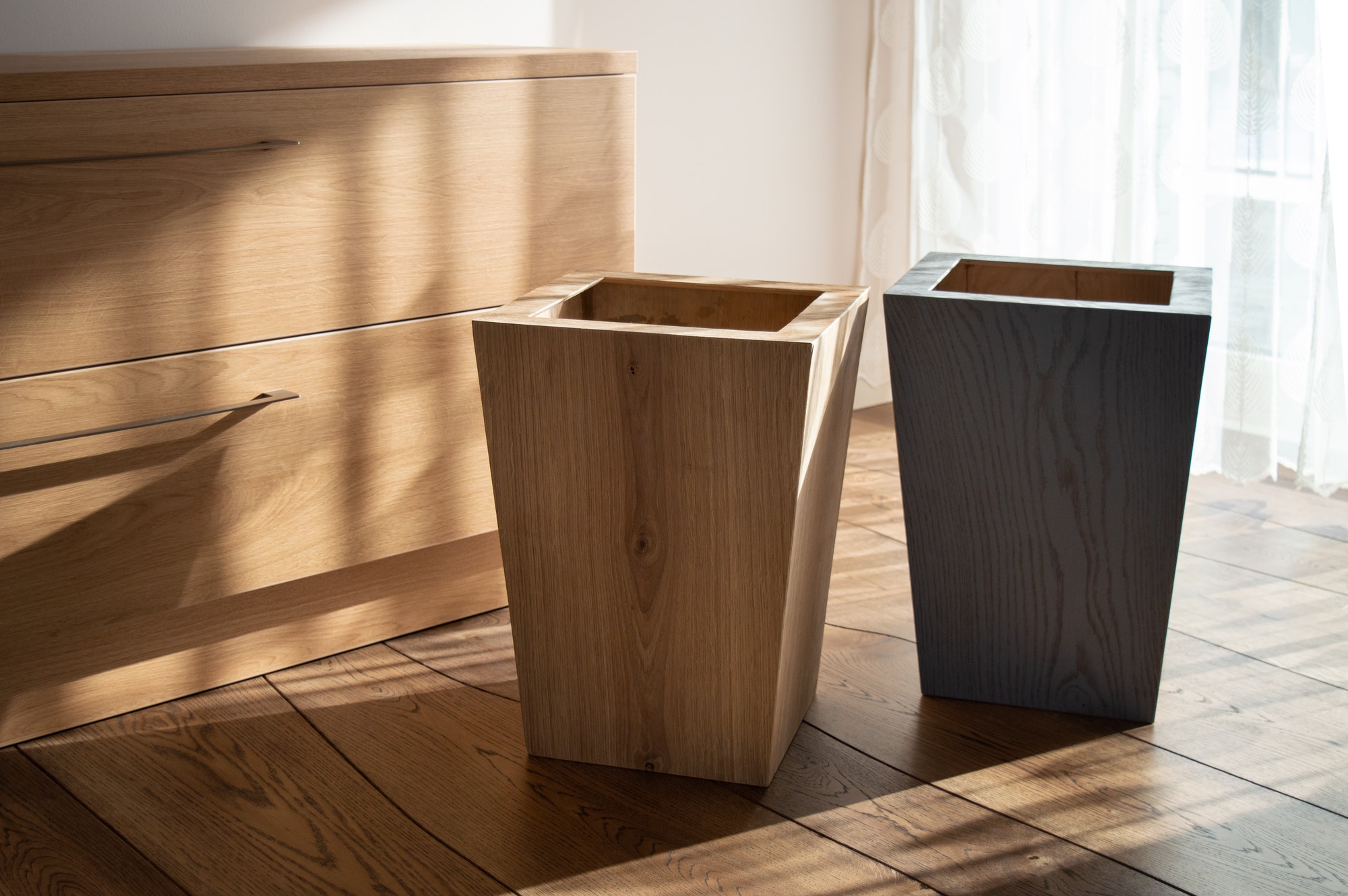While not the most glamorous thing to consider when purchasing a new home, knowing what happens with your waste and where it goes once it leaves your home can be a big part of your home maintenance. So if you’ve used to living in homes that are connected to the sewer system but you’re now considering moving into a home with a septic tank, you might be a little unsure about what this all means.
Before you go ahead with this decision, here are three things you’ll want to know about living in a home with a septic tank rather than a sewer system.
The Potential Cost Savings
Depending on where you live and the costs of your sewer utilities, you could have a lot of monthly cost savings by having a septic tank instead of a sewer system.
With a septic tank, you won’t have any kind of monthly sewer bill to pay. So when you’re trying to figure out what your total utility costs will be in this new home, you don’t even have to include this line item. And if you’re used to paying quite a bit for this service at your current home, this savings could be a real benefit.
They Need Proper Care
While most septic tanks won’t need to be paid for or dealt with on a monthly basis, you will run into issues with them if you’re not properly caring for your septic tank. To take the best possible care of your septic tank and prolong its life, you’ll need to be careful about what you send down your drains.
Although it’s never really a good idea to flush larger items down your toilet or put food and other debris down your sink drains, you should be especially careful with these types of things when you have a septic tank. And when it comes to using products to clean your sinks, toilets, and drains, you’ll want to make sure the products you use won’t harm your septic tank.
Understand Maintenance Timelines
Septic tanks will need regular maintenance, although the maintenance schedule can vary based on how well you’re caring for your system and if external forces have impacted your groundwater or pipes.
In general, you should plan on having your septic tank pumped every three to five years, which can be up to about $500. And if you’re going to need to replace your septic tank, which can be necessary every few decades, it can cost you a few thousand dollars.
If you’ve never had a septic tank before and will be moving into a home with this system, consider using the tips mentioned above to know how you might need to change your habits and take care of maintenance.
Discover more from Futurist Architecture
Subscribe to get the latest posts sent to your email.




